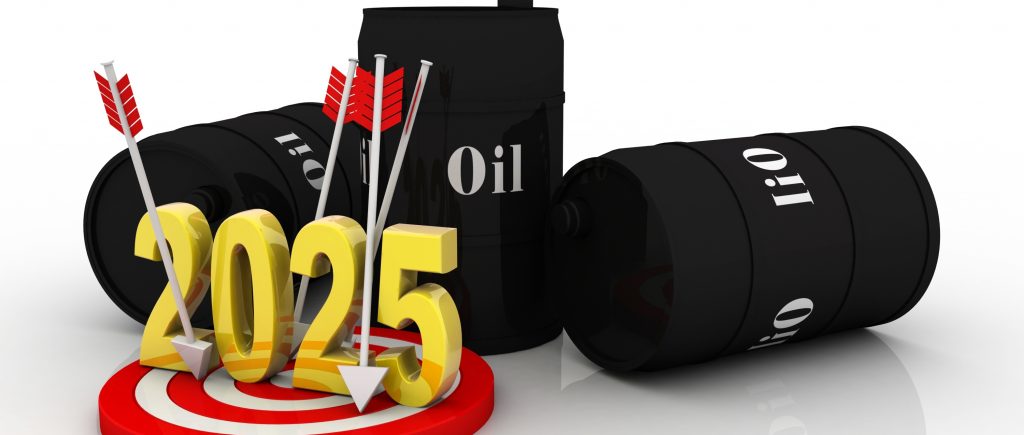Even with the imminent threat of new tariffs that has taken center stage for Canada, China and even the US allies in the Eurozone, the stock market has not yet seen significant volatility. There is likely still some hope that extreme measures like a 25% tariff on imports from Mexico and Canada or a 100% tariff on BRICS countries will not be implemented — at least not in the baseline scenario, but rather as an introduction for negotiating tactics that are to appear sooner or later.
Markets have decided to wait and see and as always, only time will tell how all of this develops. Trump, his reforms, and their potential impact on the global economy and markets, particularly the S&P 500, Dow Jones Index, and Nasdaq, will likely be the hot topic in the days ahead, if not beyond.
But commodity markets—oil in particular—have already responded. As a result of Trump’s ambitions to boost oil output globally and the repeal of the memorandum prohibiting drilling in the Arctic, crude oil prices have begun to decline, with Brent trading below $80.
It is unclear why the response is occurring at this time, given that Trump had made similar preparations during his campaign. It might have been influenced by the Israeli-Hamas ceasefire. The question of what oil firms will do is more crucial. Price reductions and future earnings could result from an excess supply.
It’s not for nothing, according to reports, that oil executives are unwilling to invest the large amounts required to boost production. Rather, they continue to prioritize meeting investor demands by redistributing excess profits through huge dividends and substantial share buybacks.
The growth of AI, domestic production, and the incoming president’s intentions to replenish strategic reserves “to the top” after they fell to their lowest levels since the 1980s under President Joe Biden appear to be the main drivers of the bulls’ optimism that energy consumption will continue to climb.
With a maximum capacity of over 700 million barrels, the Strategic Petroleum Reserve is currently at 394.4 million. The reserve now has 394.4 million barrels after 180 million barrels were sold to stabilize oil prices, which skyrocketed following the start of the conflict in Ukraine.
Sanctions on Iran are another element that can help oil prices. Iran produced an average of 3.259 million barrels of oil per day in 2024, up 400,000 barrels from 2023, according to OPEC statistics. Prices could rise above $90 per barrel if this volume is removed from the market.
However, such a dramatic situation is not likely to occur. Several analysts reduced their 2025 Iranian output projection by just 150,000 barrels per day following Trump’s election. This is in line with Goldman Sachs’ prediction that barrel prices will drop to $71 in 2026 from $75 this year.

 Noor Trends News, Technical Analysis, Educational Tools and Recommendations
Noor Trends News, Technical Analysis, Educational Tools and Recommendations




